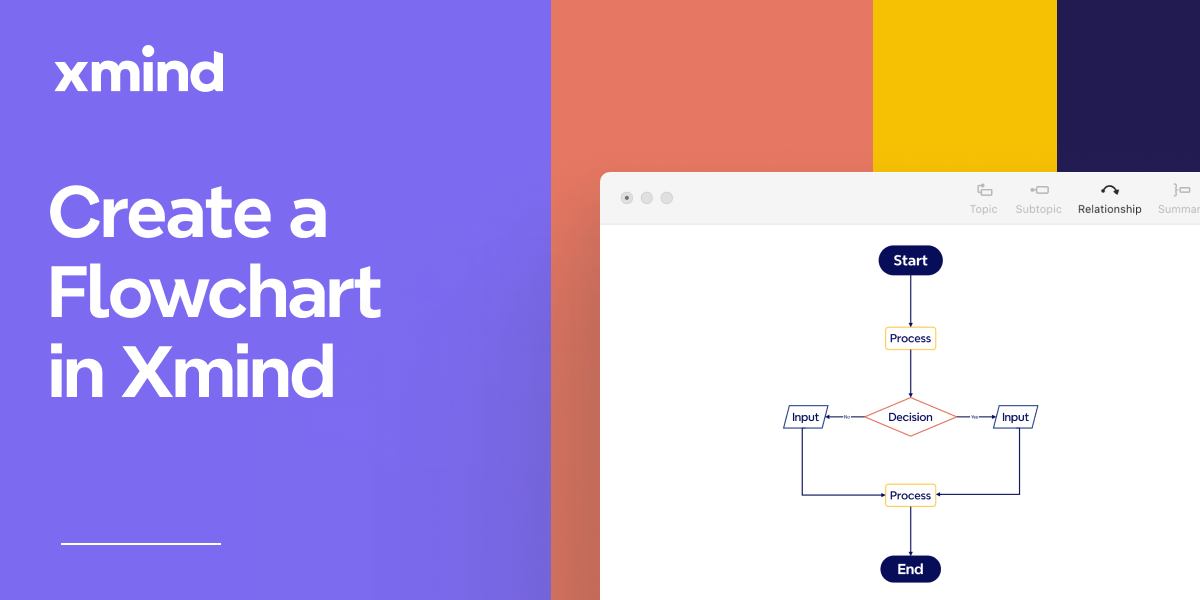Jan 4, 2022
Applications of Mind Mapping in Teaching and Education

Jan 4, 2022
Applications of Mind Mapping in Teaching and Education

There are many challenges teachers and educators face in a classroom, no matter the classroom is virtual or physical. Such as how to improve learning outcomes? How to guide students to be self-directed, and how to improve the efficiency in grading and guiding students’ assignments?
Other than its well-known application in note-taking, mind mapping is also a powerful and effective tool that all educators can use when teaching. Through customer stories and research, we’ve put together this blog to provide you these applications of mind mapping in teaching and education.
Create Effective Assignments
Research has shown that assignments are more effective when detailed instruction is given. Furthermore, according to MIT’s Writing and Communication Center, instructions that make explicit the process or steps necessary to complete the assignment produce student's best results.
Using a mind map to lay out all the necessary steps for an assignment could help guide the students through the process. A comprehensive assignment guide saves time for the educator in answering related questions; it also assists the students in building the skill of breaking down big tasks into small parts. Organize the logical relationships between tasks with mind maps. Click the mind map below to download or view this file in XMind Share.
Moreover, XMind’s sticker and marker feature allow the students to mark off tasks or use it to mark the completion of tasks. Further enhances the students’ ability to view things holistically and benefits in building their time management skills.
Don’t forget to give students feedback on their drafts! A chance to get feedback can be a great help to students. It fills in the gaps or acts as a boost of enthusiasm in writing and researching. Also, did you know you can build a rubric using the tree table? Click the mind map below to download or view this file in XMind Share.
Collaborative Learning in Group Projects
Group learning often provides a more supportive learning environment compared to individual learning. While it allows students to develop individual accountability, it also assists in their communication and co-working skills. However, one of the complications often met by teachers in group projects is assessing results.
Educators tend to resolve this issue by adding individual components in group projects; some provide a template for each group member to fill in on work distribution. Other educators also incorporate self and peer evaluation in the marking process to hopefully offer students a greater sense of fairness.
Consider the template above for team assignments. Lay out the different parts that make up the project, then use the label or sticker feature to assign the work. Use XMind.works for smooth team collaboration on the web. Also, make use of the boundary feature and mark important deadlines for the whole group to see. Click the mind map below to download or view this file in XMind Share.
A Dash of Fun in Lecture Slides
More often than not, teachers tend to share their slides in the format of PDF files rather than the original PowerPoint or keynote files. It's understandable because of PDF's property of being time-efficient and lightweight. But that also means the loss of animations, especially when the lecture materials involve GIF files in them.
Consider using XMind to assist the conventional PDF slides in bringing back the immersive learning environment for your students. Provide key graphs or demonstrations involving GIF files with XMind, and send a link that opens in any modern browser. Check out this mind map on the solar system here!
By exporting with XMind Share, a link will be automatically generated for your XMind files; send the link to your desired contacts. They can download and view anytime, permission to view-only is also available. As demonstrated above, the GIF files show up just like it does on your XMind interface.
We hope the ways of mind map applications in teaching and education mentioned above can be helpful for our fellow educators in finding creative approaches when designing a course. Use XMind to inspire new ideas, discover, and build a (mind) map with no boundaries!
Reference:
Adam Chapnick, History 311: Canadian External Relations, University of Toronto, 2006.
Writing and Communication Center. (2021, September 10). Resources for teachers: Creating writing assignments. MIT Comparative Media Studies/Writing. Retrieved December 28, 2021, from https://cmsw.mit.edu/writing-and-communication-center/resources/teachers/creating-writing-assignments/
More Posts
What Is a Venn Diagram: Definition, Applications, and Examples
A Venn diagram is a visual tool to show the logical relationships between different sets. It is commonly used in mathematics, statistics, logic, education, and business to illustrate how sets intersect, overlap, and differ. By understanding Venn diagrams, you can simplify complex data and enhance your analytical skills. This article will explore what a Venn diagram is, its benefits, how to create one using different tools and provide examples and templates to get you started. For a seamless experience in creating Venn diagrams, we recommend using Xmind or Xmind AI for their powerful features and user-friendly interface.

How Mind Mapping Tools Elevate Project Management
Explore how mind mapping tools can elevate your project management process. Learn how these tools enhance workflow efficiency, improve team collaboration, and simplify complex project tasks. Whether you're planning, organizing, or tracking projects, discover the benefits of integrating mind mapping into your project management strategy.

Flowchart Essentials: Definition, Templates, and Free Softwares
Discover the power of flowcharts with our detailed guide. Learn what a flowchart is, explore practical use cases, and discover how to create and optimize them using softwares like Xmind and Xmind AI for enhanced workflow efficiency.


One space for all your ideas
Organize thoughts, visualize structures, connect ideas, and unlock insights.
Get Started for Free





